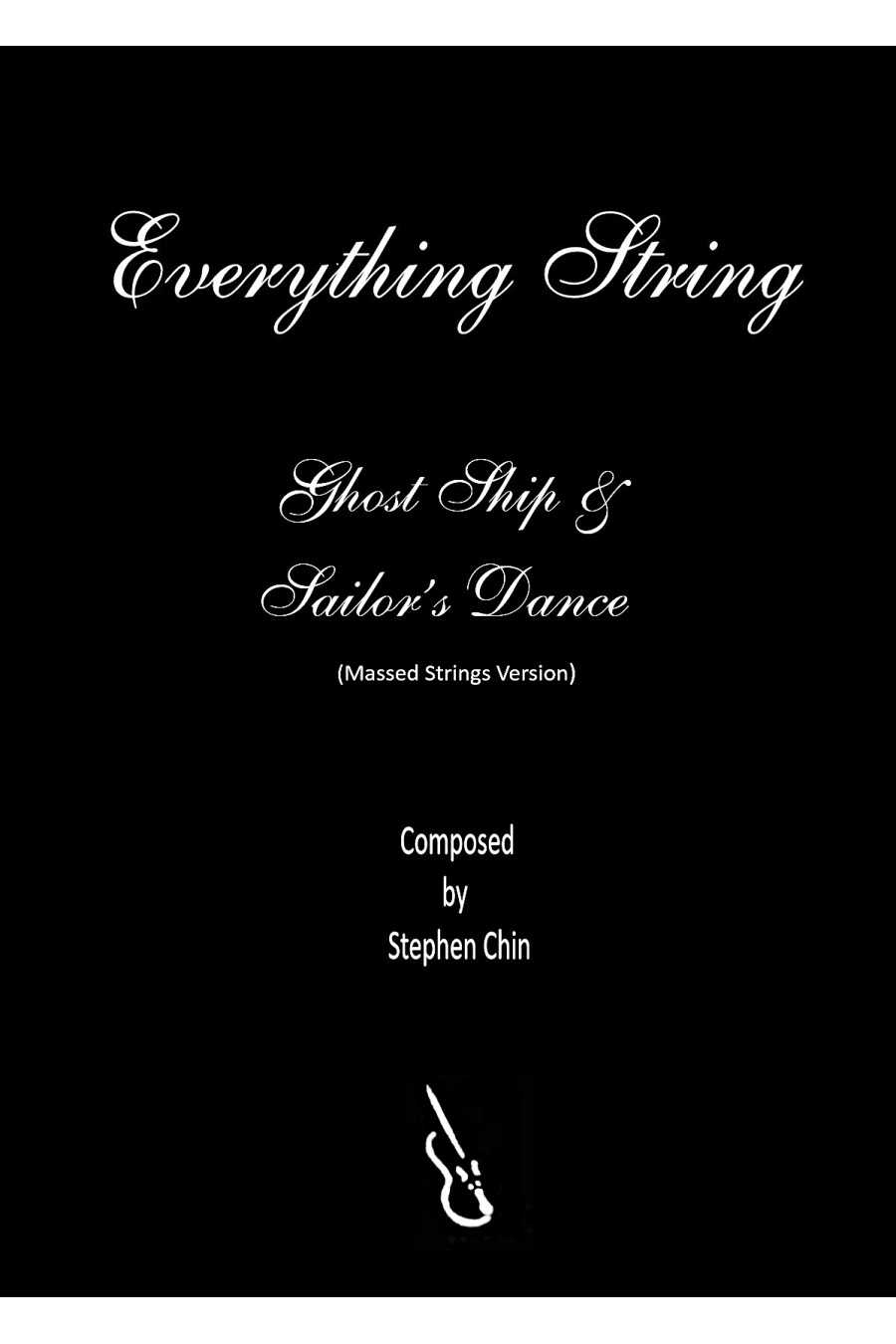

Ghost ships have been a mystery for centuries, dating back to ancient Greek mythology. The music piece starts with an eerie opening and transitions into an alluring theme, played by the first section, which is later repeated by other sections. The "Sailor's Dance" is an energetic and attractive tune featuring a group of soloists before a stirring conclusion.
1. Ghost Ship
2. Sailors Dance
For String Orchestra Grade 1.5
For centuries, the enigmatic idea of a ghost ship has captured the imaginations of people around the world. Some believe it has its roots in ancient Greek mythology. The musical piece begins with an eerie opening that sets the tone for the rest of the composition. The first section then introduces an alluring theme, which is later echoed by the other sections. As the music unfolds, younger players are exposed to different musical textures, such as the use of pizzicato, tremolo, and double open strings. The "Sailor's Dance" is a dynamic and engaging tune that is sure to get the audience tapping their feet. During the storm-like middle section, the ensemble will have a lot of fun playing together. The section also briefly features a group of soloists before reaching a stirring conclusion. With its haunting melodies and energetic rhythms, this musical piece brings to life the mystery and allure of the ghost ship.
1. Ghost Ship
2. Sailors Dance
For String Orchestra Grade 1.5
Canon in D by Johann Pachelbel is a beautiful piece for string orchestra. This arrangement includes optional adaptations to suit different instruments and grade levels. A universally cherished work, now more inclusive!
Mozart's Ave Verum Corpus and Alleluia from "Exultate Jubilate" are two of his most cherished liturgical compositions. All the difficult melismas have been adapted without losing the original excitement.
1. Ave Verum Corpus
2. Alleluia from Exultate Jubilate
For String Orchestra Grade 3
Embark on a musical journey for young string players with a delightful composition specially crafted for beginning orchestras. This engaging piece introduces students to ensemble playing while promoting joy and a sense of accomplishment. With catchy melodies and expressive dynamics, it showcases the potential of aspiring musicians.
Stephen Chen shares, "I am fascinated by the different qualities of light throughout the day. In this set of pieces, the gentle mood of twilight and the mystery of moonlight contrast with the joy of warm sunshine. Various melodic and rhythmic elements, including pizzicato and tremolo, convey these impressions."
A captivating rendition of the popular birthday song with an exciting introduction, a slower version in a minor key, a lively variation, and a familiar major key ending. It's perfect for learning chromaticism and the G minor key.
Experience a captivating musical journey to Kyoto with “Two Silk Screens from Kyoto” by Stephen Chin. This evocative string orchestra piece beautifully reflects Japanese culture through graceful melodies and intricate harmonies. Immerse yourself in its meditative ambiance, as the strings evoke vivid images of cherry blossoms and serene landscapes.
Stephen Chin: “These two pieces were inspired by my visit to Japan. They capture memories of the country's beauty, contrasting the elegance of cranes by a lake with the dynamic movements of samurai. I frequently used the Japanese scale, Hirajōshi, along with other pentatonic scales throughout the set.”
Haydn's second symphony in a minor key is a classic Sturm und Drang piece with strong emotional changes. It's great for expanding classical repertoire and practising playing techniques in G minor.
ES 133